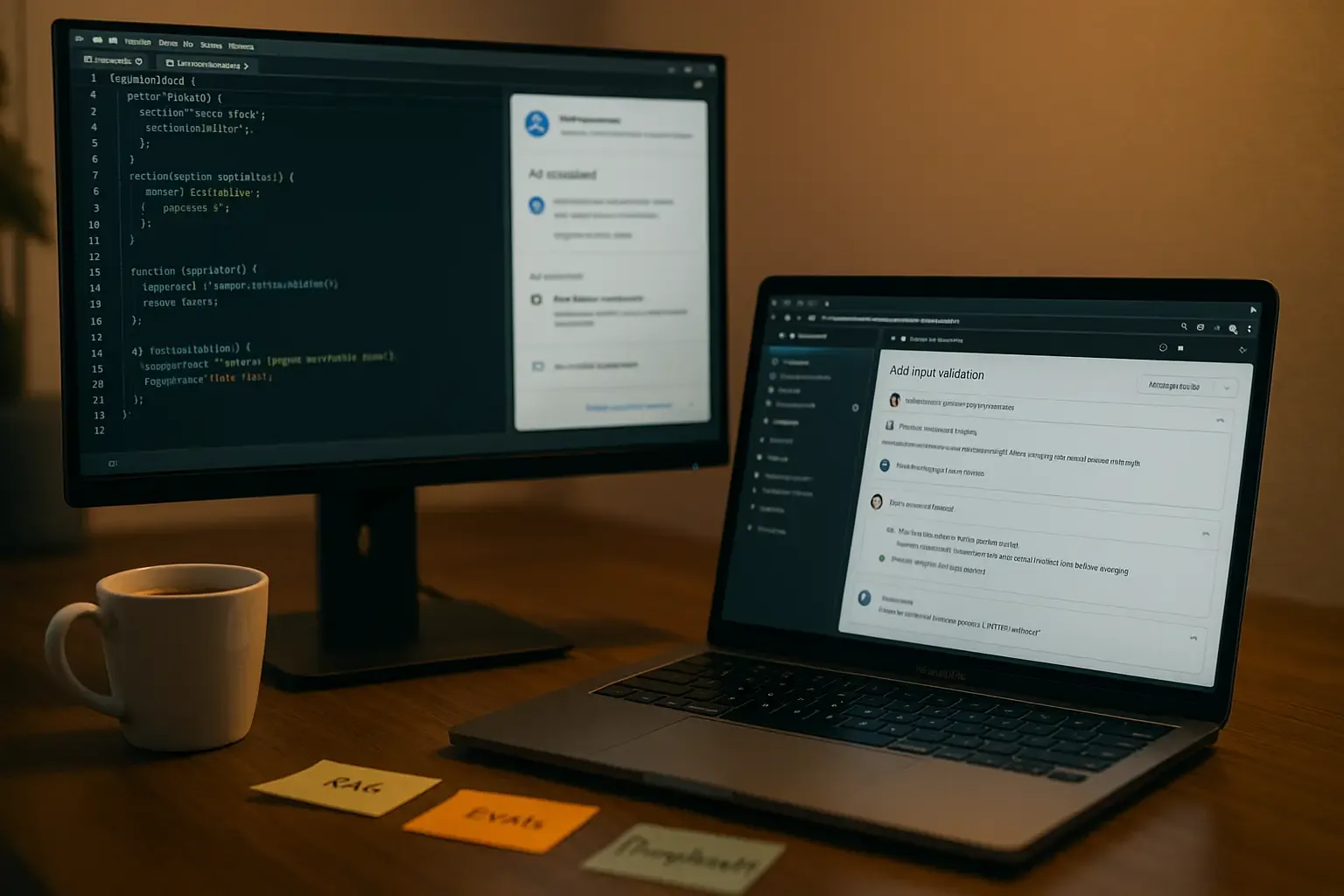How AI Is Reshaping Everyday Developer Work (Skills to Learn Now)
Updated on November 20, 2025 6 minutes read

Launching Soon: On-Demand, Self-Paced Courses. Learn more!
Updated on November 20, 2025 6 minutes read

No—AI replaces repetitive tasks, not product judgment. Developers who guide AI with domain knowledge get the best results and the best roles.
Pick the stack your target teams use and layer in RAG, tool calling, and evals. Depth in one stack beats shallow breadth everywhere.
Ship features with measurable outcomes, document guardrails, and include a short eval report. Hiring managers reward evidence, not hype.